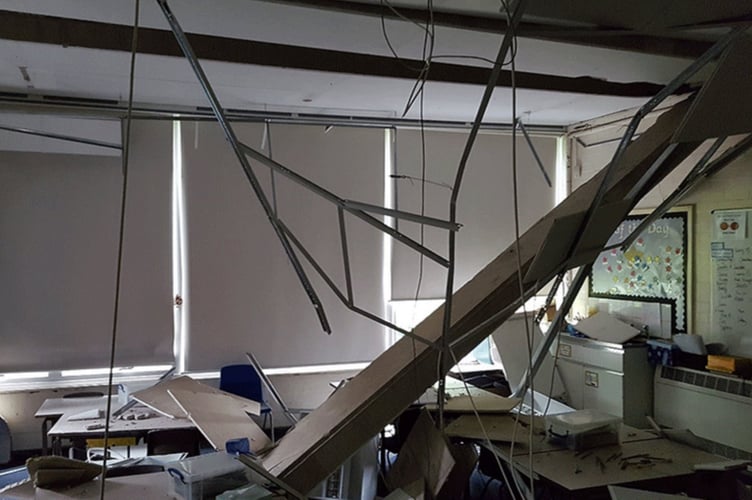The Manx government says it is not aware of any problem concrete being used in island schools.
More than 100 schools in England are having to make arrangements after being ordered to shut buildings containing reinforced autoclaved aerated concrete (RAAC).
The order was made just days before the start of the autumn term and follows a number of incidents where ceilings constructed using RAAC planks failed without warning.
In a statement, the Department of Education, Sport and Culture said: ‘The Isle of Man Government is not aware of any reinforced autoclaved aerated concrete (RAAC) in Manx schools. All schools will welcome back pupils for the new term next week as normal.’
RAAC is a lightweight form of concrete which was used in roof, floor, cladding and wall construction in the UK from the mid-1950s to the 1980s.
It is very different from traditional concrete and, because of the way in which it was made, much weaker and with a useful life estimated to be of about 30 years.
In late 2018, the Local Government Association and the Department for Education in the UK contacted all school building owners following the sudden collapse, without warning, of a roof constructed using RAAC planks at a school in Kent.
The issue was raised in Tynwald in May by Douglas North MHK Walter Wannenburgh, who asked what guidance had been issued to schools on RAAC panels, whether any modifications had been made to any school buildings using the material and what evaluations had taken place
Minister for Education Julie Edge replied: ‘The DESC has consulted with the Department of Infrastructure and is not aware of any use of reinforced autoclaved aerated concrete across our school estate.
‘School buildings constructed on the Isle of Man in the 1960s and 1970s during the key period of use of RAAC in the UK, are those such as the Vic Hallam design buildings, which have timber-decked flat roofs, or schools on the Isle of Man otherwise have traditional pitched timber or conventional reinforced concrete roofs.
‘Therefore no guidance has been issued or modifications made and no evaluation has been required.’

-(1).jpeg?width=209&height=140&crop=209:145,smart&quality=75)



Comments
This article has no comments yet. Be the first to leave a comment.